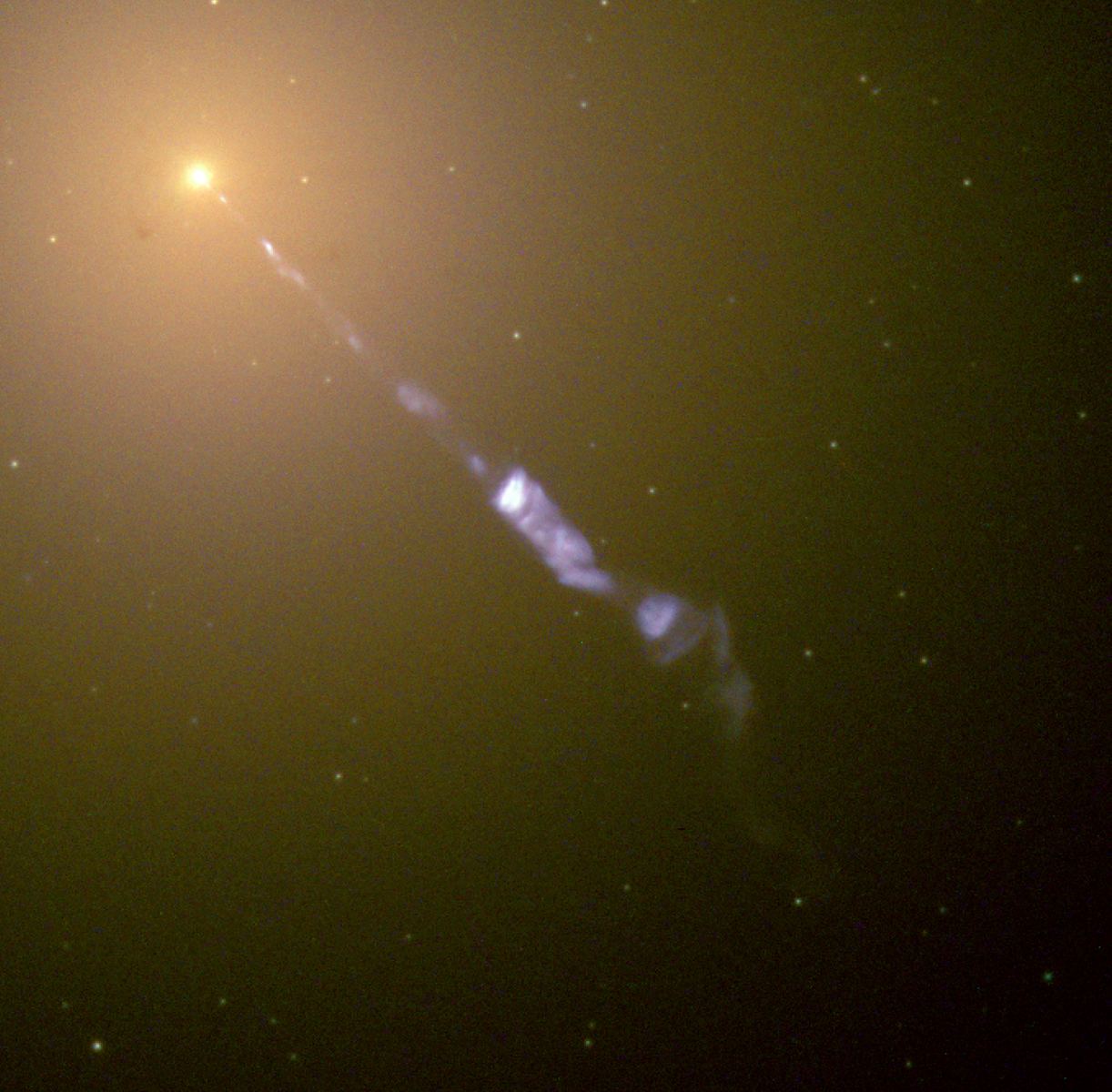Everyone loves a good mystery, and astronomers have just uncovered a new one in a nearby supermassive galaxy called M87. Like most galaxies, M87 regularly plays host to a smattering of stellar explosions called novae, each the result of a star stealing material from a neighbour. M87 also features a massive jet of plasma blasting out into deep space from the galactic core. These phenomena: the jet and the novae, are unrelated astronomical occurrences, or so scientists believed. But astronomers recently discovered that the novae in M87 seem to be uncharacteristically aligned along the jet, instead of scattered randomly throughout the galaxy. Is the jet somehow triggering nova explosions?
It might be, but the mystery is: how?
Continue reading “M87's Jet is Triggering Novae”
